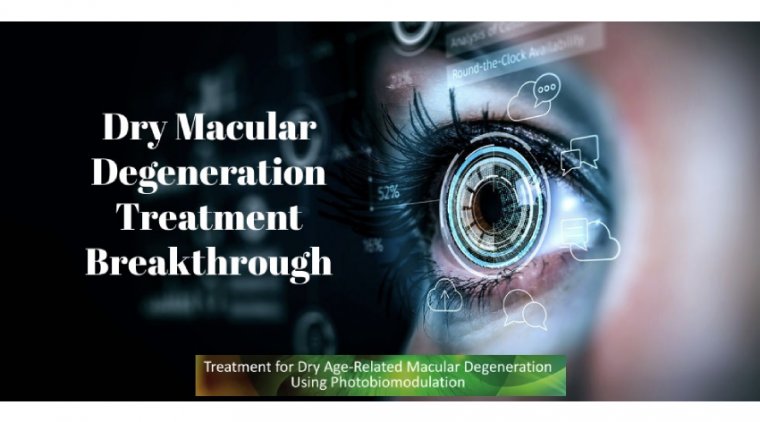
Anisometropic Amblyopia in Children
Anisometropic amblyopia is an insidious disease because unlike strabismic amblyopia, the eyes appear normal to an observer. Anisometropic amblyopia is most commonly caught by vision screening either in a pediatrician’s office or in the school system.
Anisometropic amblyopia is the second most common cause of amblyopia. Anisometropic amblyopia occurs when unequal focus between the two eyes causes chronic blur on one retina.
Anisometropic amblyopia can occur with relatively small amounts of asymmetric hyperopia or astigmatism. Generally, larger amounts of anisomyopia are necessary for amblyopia to develop.
All types of amblyopia affect the primary visual cortex and extra-striate visual cortex, but magnetic resonance studies have shown that anisometropic amblyopia is also associated with decreased values in fractional anisotropy in the optic radiation, right superior longitudinal fasciculus, and inferior longitudinal fasciculus/inferior fronto-occipital fasciculus.
In addition, increased fractional anisotropy values have been detected in the right posterior part of the corpus callosum.
On the other hand, strabismic amblyopia has been found to be associated with poorer functional connectivity in the intraparietal sulcus, frontal eye fields, and motion sensitive area.
Therefore, differences in neural mechanisms and activities between anisometropic and strabismic amblyopia could be an important source of bias in clinical studies on amblyopia, since most of them use a heterogenic sample.
Amblyopia is defined as the reduction of best-corrected visual acuity of one or both eyes caused by conditions that affect normal visual development. It is the most common cause of preventable visual disability in children(Wallace et al, 2018).
The basic strategy when treating amblyopia is to provide a clear retinal image in each eye and to correct ocular dominance through forced use of the amblyopic eye.
Treatment modalities include prescribing appropriate optical correction and providing occlusion/penalization therapy for the non-amblyopic eye.
Given that the success of amblyopia treatment declines with increasing age, the detection and management of amblyopia should begin as early as possible.
Proper management of amblyopia during childhood can reduce the overall prevalence and severity of visual loss.
Choosing the Right Treatment
According to the Pediatric Eye Disease Investigator Group (2012), six hours per day of occlusion treatment produced an improvement in visual acuity (VA) that was of similar magnitude to that obtained by full-time occlusion in children 3 years to less than 7 years of age who had severe amblyopia (20/100 to 20/400).
In children who had moderate amblyopia (20/40 to 20/80), initial occlusion therapy for two hours daily resulted in an improvement in VA that was similar in magnitude to the improvement produced by prescribing six hours of daily patching in children ages 3 years to 7 years (Rekpa et al, 2003).
Optical correction in spectacles in cases of severe anisometropia may obstruct fusion due to aniseikonia, putting children at significant risk for amblyopia. For example, in myopic children, a 3.00D-to-4.00D disparity can cause amblyopia to develop(Rouse et al, 2004).
Contact lenses reduce amblyopia risk in anisometropia by decreasing image blur and size. Contact lens and patching treatment should be considered in cases of severe anisometropic amblyopia.
Consider a 1-year-old male infant who was referred for a medical contact lens to correct unilateral high myopia from retinal myelination.
This young child had a refractive error of –13.50D in his right eye and of +1.75 –0.75 x 100 in his left eye.
Due to the severity of his anisometropia, spectacle correction was not an option; therefore, a corneal GP lens was prescribed to correct the high myopia in his right eye.Combined patching therapy was prescribed to treat anisometropic amblyopia.
Treating amblyopia effectively improves visual outcomes. Treatments are typically inexpensive and well tolerated. Eyecare practitioners can treat amblyopia even in very young children, using contact lenses as appropriate.
(1).jpg)









